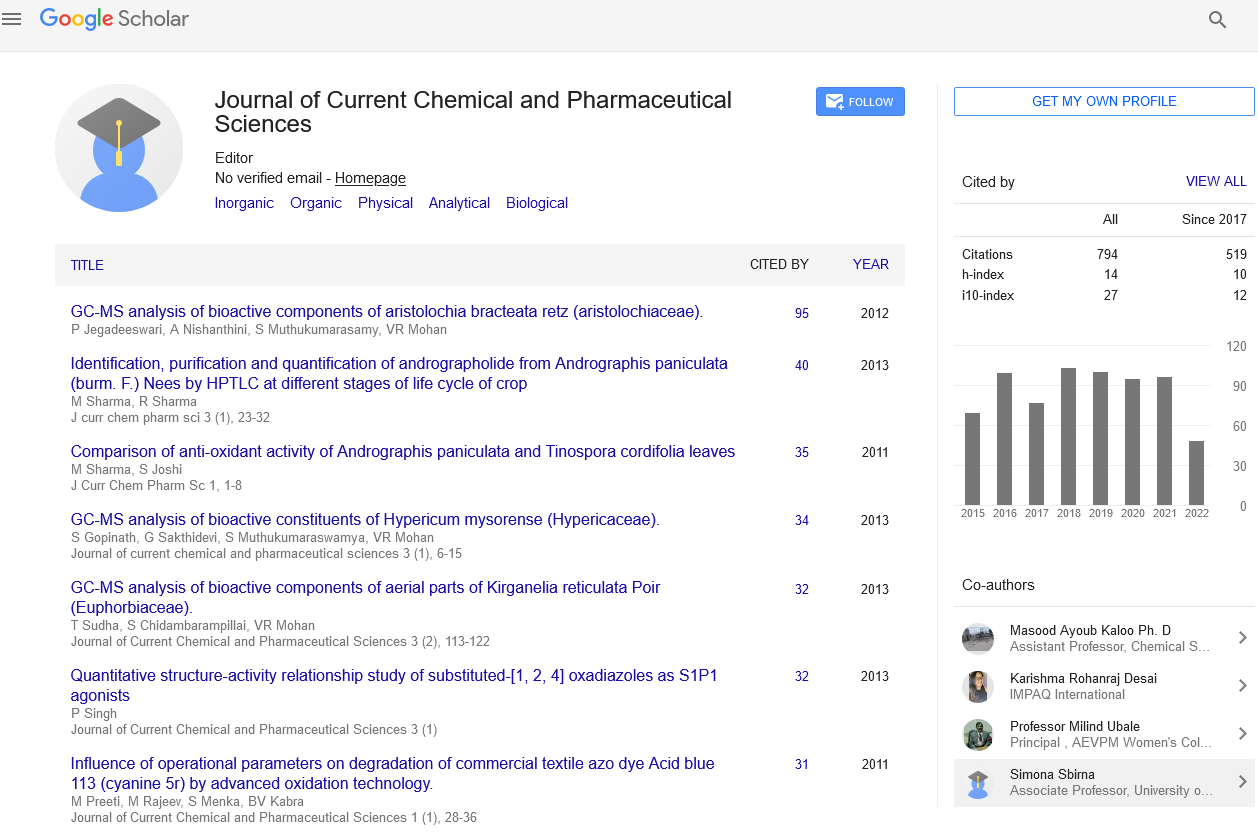Abstract
Air Pollutants and their Possible Health Effects at Different Locations in Dhaka City
Author(s): Mohammad Zahangeer Alam, Eva Armin, Md. Manjurul Haque, Joan Halsey, and Md. Abdul QayumAir pollution is a major environmental risk. For many decades, air pollutants have increased dramatically in the city of Dhaka. Study of air pollutants in Dhaka, as well as other urban areas, is significantly important for the sustainable environment. The present research is focused on air pollutants and their possible health effects in the areas of Dhaka city. Different pollutants such as, volatile organic compounds (VOC, s), carbon monoxide (CO), relative humidity (RH), nitrogen oxide (NOx), hydrogen sulfide (H2S), carbon dioxide (CO2), oxygen (O2),sulfur dioxide(SO2), particulate matter (PM10), particulate matter (PM2.5), suspended particulate matter (SPM), and lead (Pb) were found to be at hazardous levels in this study area. The VOC was found to have a statistically positive correlation with CO, RH, NOx, H2S, CO2, PM10, PM2.5, SPM, and Pb (p<0.01; 0.01<p ≤ 0.05; 0.05<p ≤ 0.1). Similarly, a positive correlation was found between each of CO2, CO, SO2, NOx, H2S, SPM, PM10, PM2.5, and Pb. These air pollutants have significantly increased from June 2016 to July 2017 at different locations in Dhaka. According to public perception and health physicians, air pollutants contribute to health concerns such as, eye irritation, headaches, damage to kidneys and central nervous system, skin cancer, cardio vascular diseases, nausea, asthma, and anemia. Regular monitoring of air quality parameters can be effective to protect inhabitants from various illnesses as well as significant help in providing a guideline for the development of a sustainable environment in the city dwellers of Dhaka.
